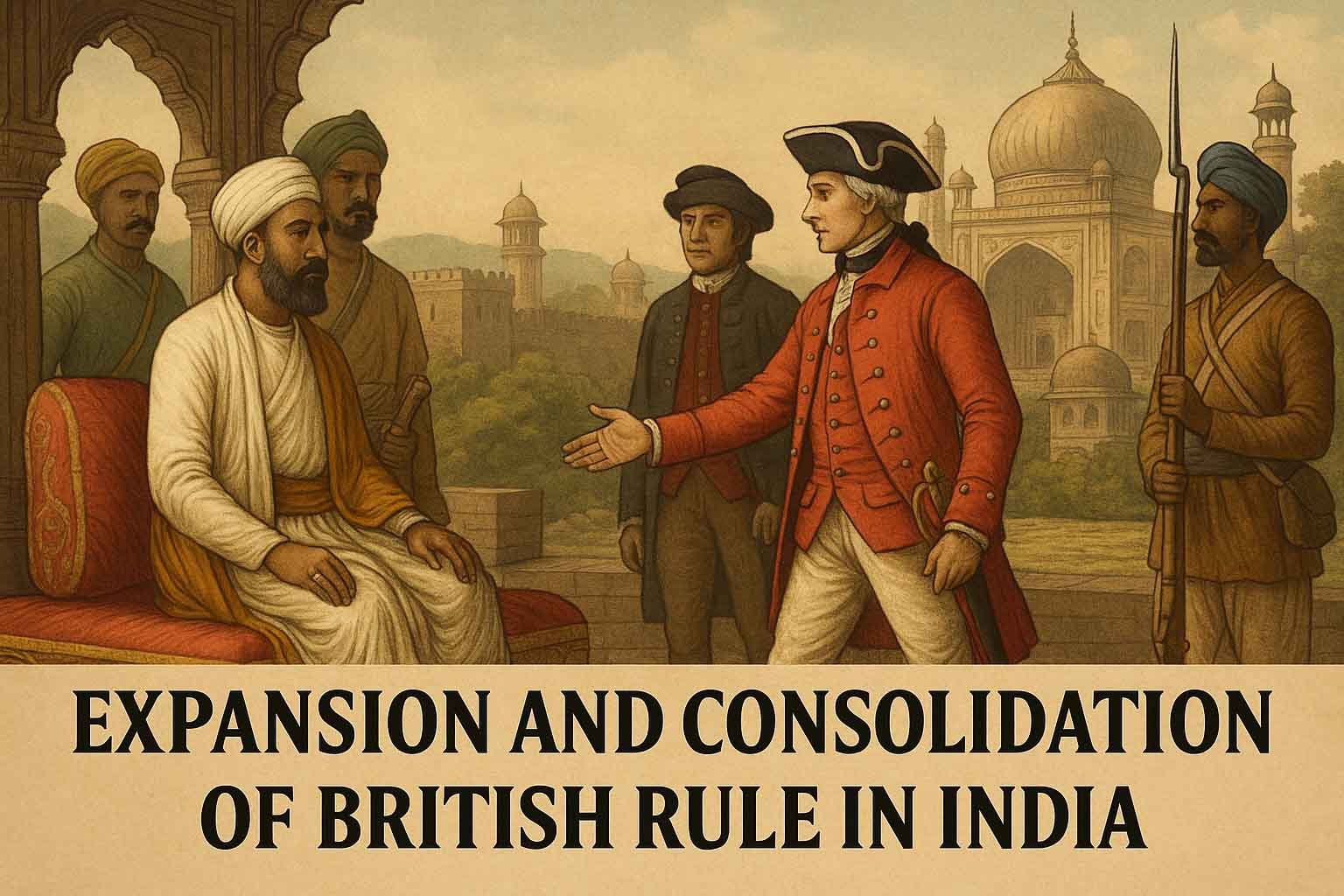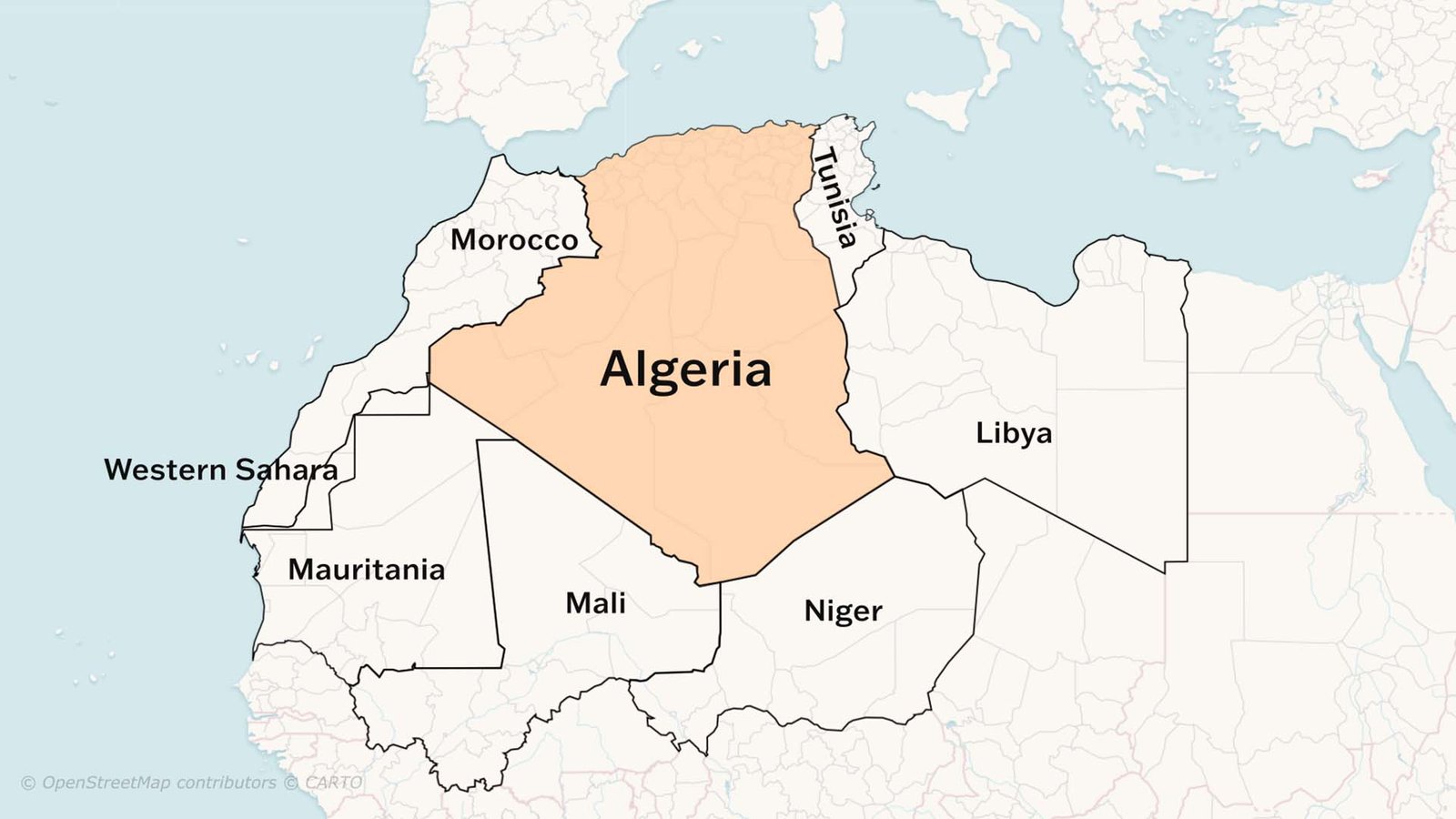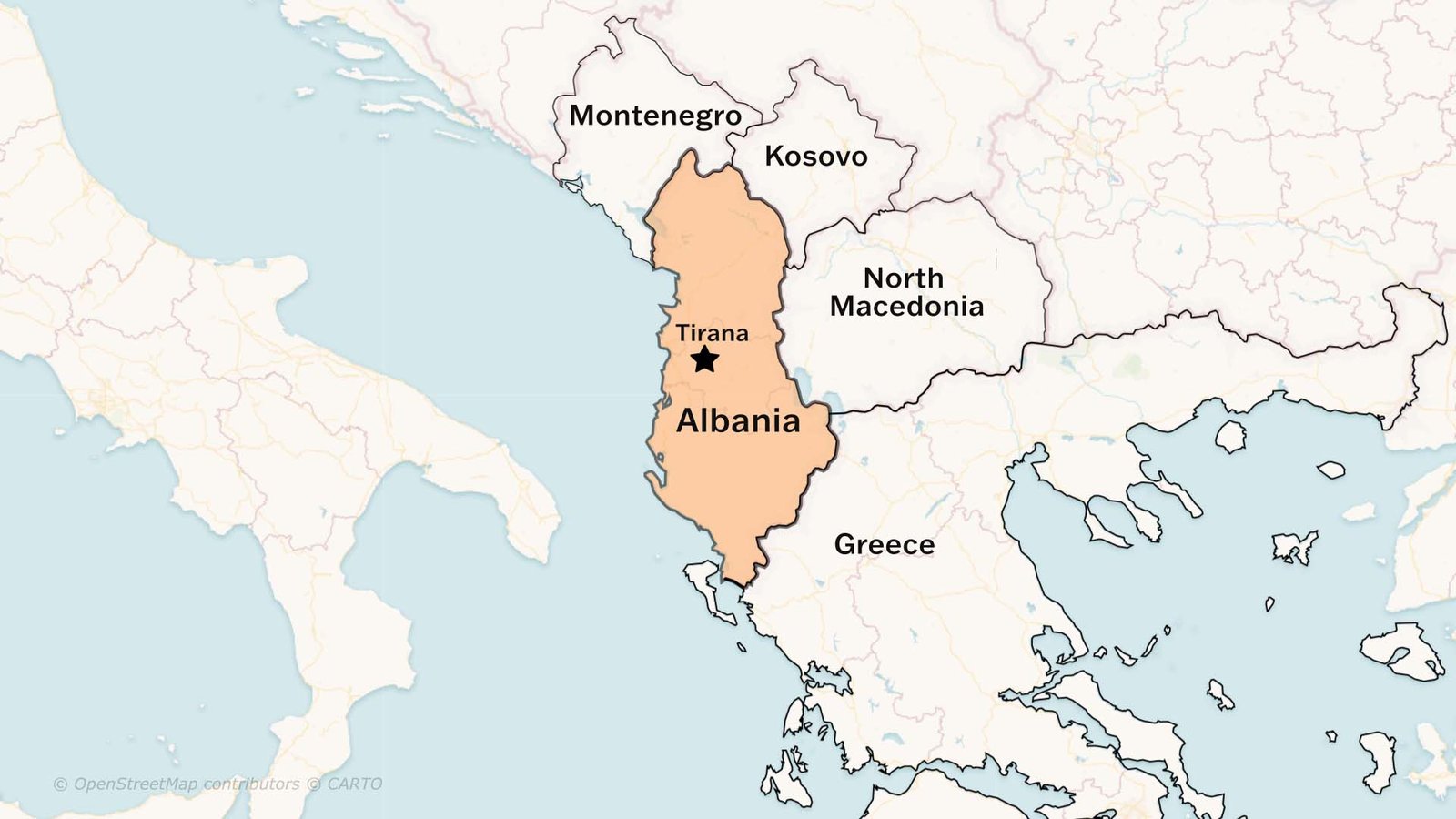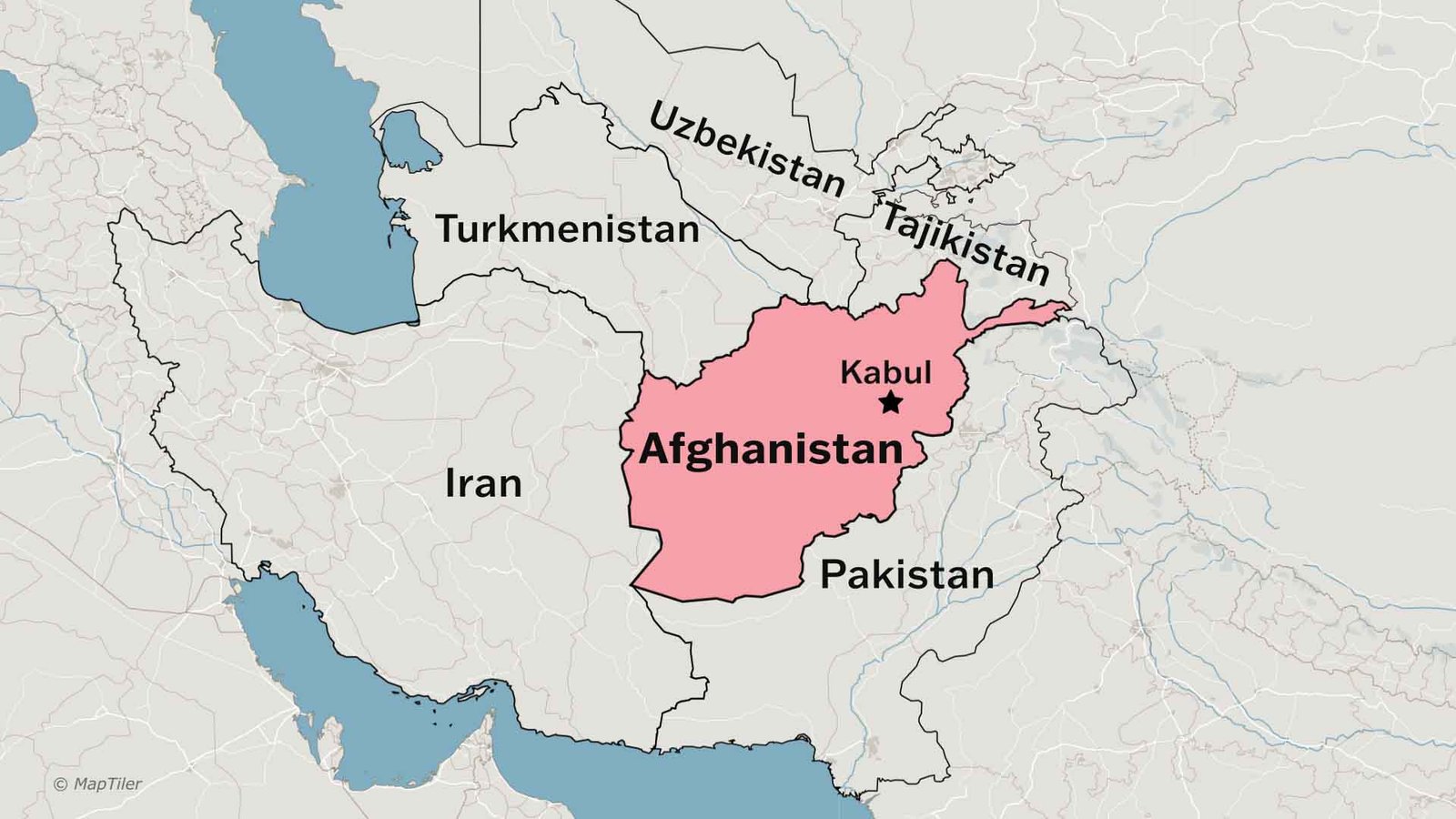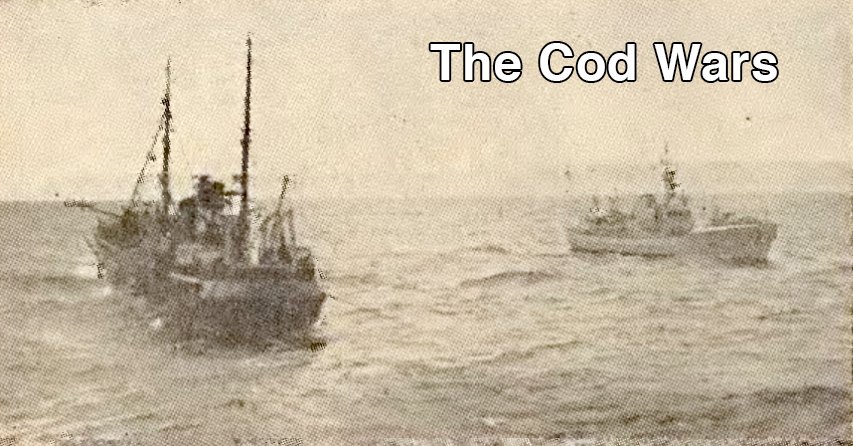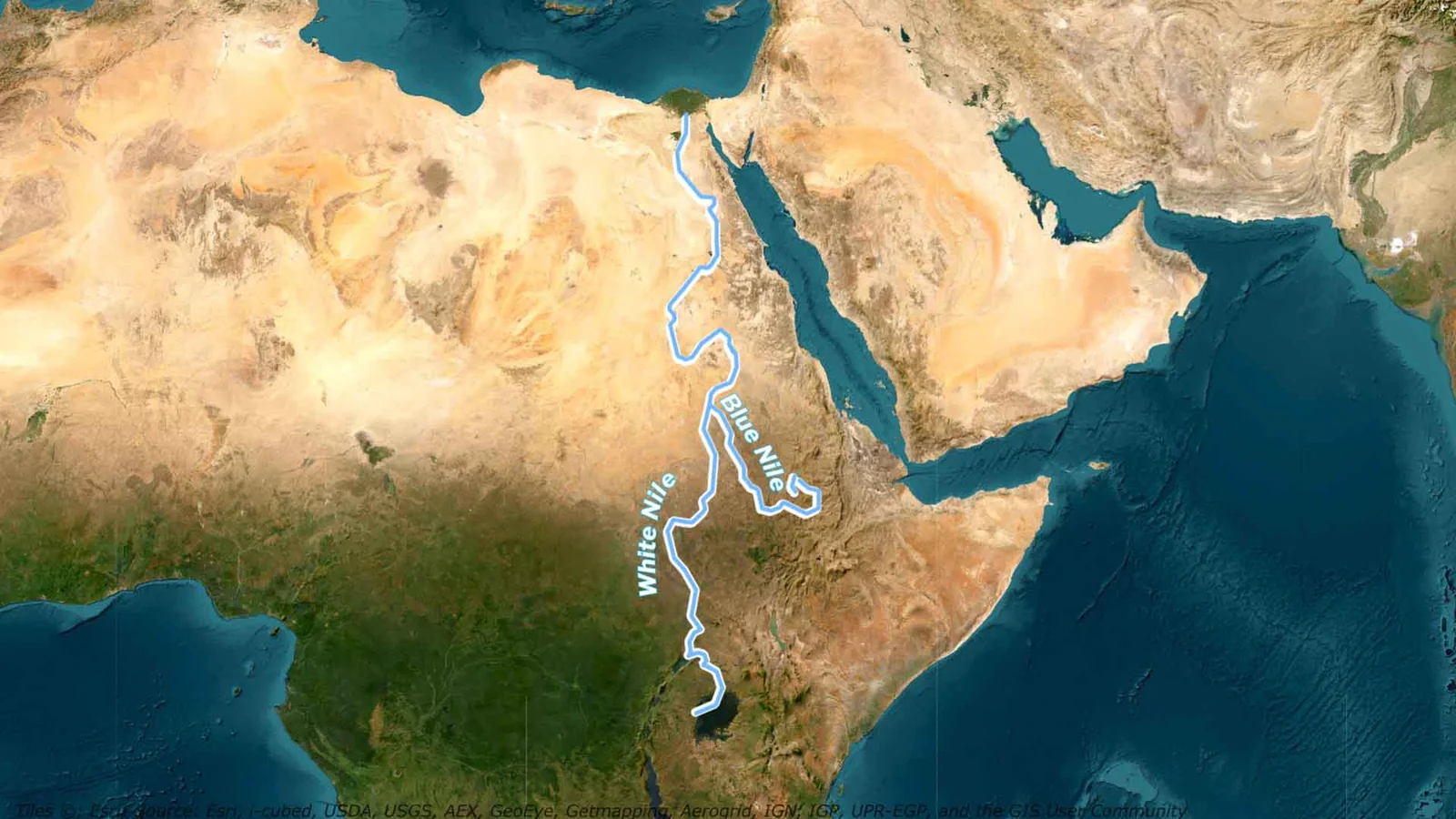The topic talks about the expansion and consolidation of the British Empire, which was one of the empires which ruled almost half of the world at a time, and also ruled over India. Among the European settlers, Portuguese, Dutch, French and British, only the British could sustain their rule over India for an overwhelming time span and consolidated India under their rule both politically and militarily.
However, we need to visit our past to know from where it all started and what are the major events that lead to the consolidation of the British Empire over India.
Discovery of a New Route to India
With the advancement in the voyages expedition and subsequent loss of Constantinople to Ottoman Turks during the 1450s, European powers began to look for resources and expeditions elsewhere. This urge for exploration led Columbus to discover America in 1492, and subsequently, in 1498, Vasco Da Gama of Portugal reached the Kerala coast via new route.
These expeditions continued, and various colonial explorers started trading in goods from foreign countries to their native countries and in turn made huge amount of profits. England too became impatient to participate in rich asian trade.
East India Company reaches Indian Shores
A group of Merchants decided to form a company to trade with the East and thus the company came into existence, called the EAST INDIA COMPANY ( originally called MERCHANT ADVENTURERS ). In 1600, they were granted a royal charter by Queen Elizabeth with exclusive privilege for trading with the area east of the Cape of Good Hope for a period of 15 years.
This marked the first step in English exploration. Since the East India Company was granted permission by royal patronage to trade, there had to be someone to represent them at the forefront, and that was Captain William Hawkins.
Hawkins arrived in India with the ambition of profiting from Asian trade, especially given India’s rich tradition in the spice and textile markets. At that time, the Mughal emperor was Jahangir. Understanding the importance of imperial sanction, Hawkins approached Jahangir’s court to seek permission to establish a factory at Surat on behalf of the East India Company (EIC). Jahangir granted the royal farman to set up the factory on the west coast.
East India Company built factories
However, enticed by the profits, the British hoped for permission to establish trade centres and factories across all of India. But they had to be content with trade rights restricted to the West Coast.
It’s important to note that these “factories” were not manufacturing hubs but rather trading posts, consisting of warehouses, offices, and other logistical infrastructure.
Subsequently, the British established their first southern factory at Machilipatnam in 1611 and, by 1613, a permanent factory at Surat.
In 1615, Sir Thomas Roe arrived at Jahangir’s court and successfully negotiated a farman granting the British permission to trade and establish factories throughout the Mughal Empire. This marked the beginning of official expansion.
Now, imagine yourself as the East India Company, with trade rights across the Mughal Empire and the knowledge of the immense wealth at stake. Naturally, the next logical step would be to expand trade zones, set up more factories, and fortify them to safeguard your interests. The British did precisely that. They established factories in Golconda, Bengal, Bombay, and other locations. Several of these were fortified and evolved into military outposts like Fort St. George and Fort William.
As the British spent more time in India and continued their trade, they realized that Bengal was the most prosperous province of the Mughal Empire. Naturally, they aimed to make Bengal their stronghold. In 1717, under the rule of Mughal Emperor Farrukhsiyar, the British secured another farman, giving the East India Company greater trading privileges in Bengal. This farman is often referred to as the “Magna Carta of the Company”.
East India Becomes a Political Power
However, since wealth translates into power, the Nawabs of Bengal — influential in their own right — were displeased by this central Mughal decision, which escalated tensions between them and the British. This sowed the seeds for the British military expeditions that would eventually establish them as rulers over the entire subcontinent.
Let’s consider ourselves as the EIC again. Wanting to assume power, the first logical step would be to eliminate any potential rivals. The next would be to plant insiders for intelligence, and then build diplomatic relations with select enemies to avoid fighting everyone at once. The British followed these exact tactics.
They gradually captured territories controlled by other imperial powers. They defeated the Dutch in the Battle of Bedara, and the French (not Portuguese) in the Battle of Wandiwash. The British then began targeting regional Indian powers, beginning with Bengal. Victories in the Battle of Plassey (1757) and the Battle of Buxar (1764) marked the dawn of British political control in India.
Subsequently, they fought the Anglo-Mysore Wars, culminating in their victory in the Battle of Seringapatam. The final and most formidable challenge came from the Marathas. The British overcame them in the Third Anglo-Maratha War (1817–1818), aided by Mahars who supported the British against the Peshwa forces.
With these successive victories, the British emerged as the dominant power in India. However, concerns in England about the Company’s growing influence prompted the Crown to intervene. This led to the Regulating Act of 1773, which marked the formal beginning of British governance in India, transitioning from a purely commercial venture to an imperial authority. Britain would go on to rule India for nearly 200 years.
As is often the case with imperial ambition, power bred a hunger for more. Unsatisfied with their hold over India alone, the British expanded their reach beyond its borders — to Nepal, the Sikh Empire (Punjab), and Afghanistan — leading to further military engagements and diplomatic treaties. These external campaigns allowed them to solidify their geopolitical influence in and around the Indian subcontinent for years to come.
Read more: The story of Malik Ambar

